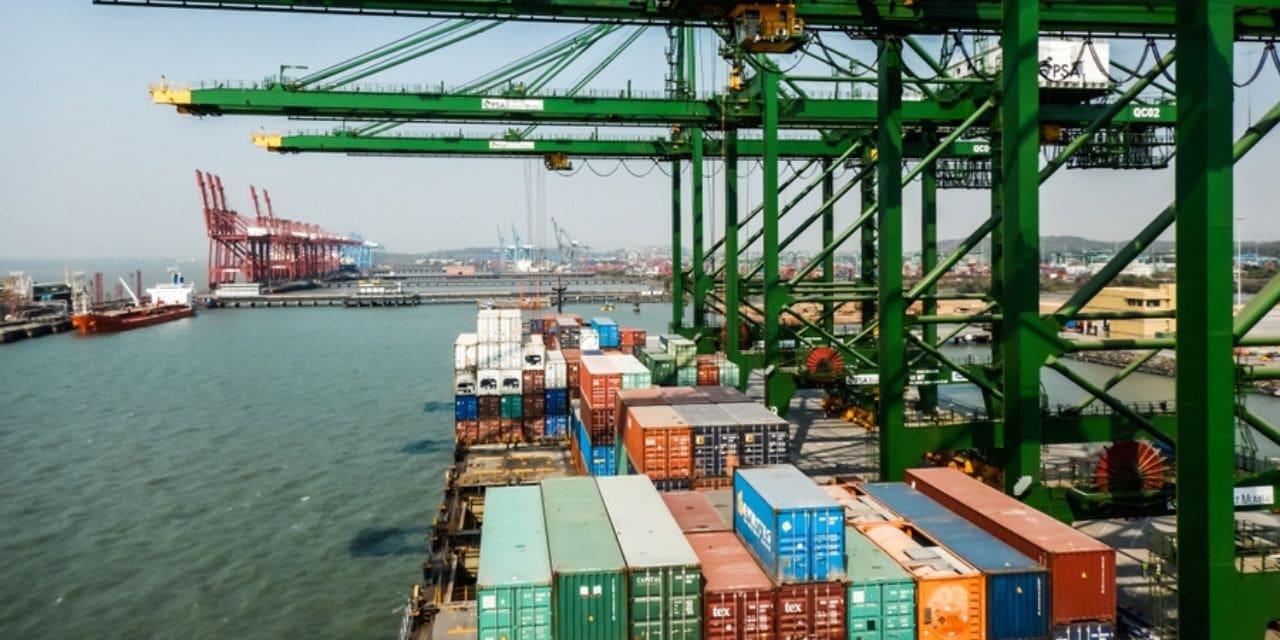The Indian government is considering providing marketing assistance to exporters in key markets in the upcoming Union Budget to address concerns about muted demand impacting exports. Options under consideration include the creation of an export development fund with a corpus of 0.5% of the value of the preceding year’s exports, as well as a demand from the industry for a 200% tax deduction on expenditure made for overseas marketing. Despite a widening current account deficit, merchandise exports are expected to grow 7-8% to at least $450 billion in the FY22.
According to government data, merchandise exports in November 2022 stood at $31.99 billion, up 0.59% compared to the same month in 2021. However, merchandise exports had contracted 16.7% in October 2022 to $29.8 billion compared to the previous year. The strong performance of the Indian rupee has reportedly impacted export competitiveness, leading exporters to call for additional support from the government.
Ajay Sahai, the CEO of the Federation of Indian Export Organisations (FIEO), has argued that in times of declining global demand, it is crucial for Indian companies to engage in aggressive marketing efforts. Sahai pointed out that many Indian companies are currently cutting their marketing expenditure due to declining demand, which could further impact the country’s ability to access international markets. Sahai argued that it is important for India to remain visible in global markets in order to take advantage of any potential demand that may arise in the future.
Sahai pointed out that small and medium exporters in other countries often receive marketing support, but that the support provided to Indian exporters through the Market Development Assistance (MDA) scheme, which has an allocation of less than INR 200 crore, is insufficient. Sahai argued that an Export Development Fund with a corpus of at least 0.5% of the previous year’s exports, which would be equivalent to approximately $2 billion, is needed to enable aggressive marketing efforts. The Confederation of Indian Industry (CII) has also recommended the creation of a Market Research and Promotion Fund in order to understand international consumer preferences in key markets.
The department of commerce in a statement last month acknowledged that certain sectors do face the challenges of slowing global demand more severely than others. According to experts, the exports offtake has slowed down as rising inflation in most economies is affecting purchasing power. Large stores are maintaining lean inventories as the credit cost of building inventories has gone up due to interest rates hikes.
“The government’s manufacturing goal of $1 trillion in merchandise exports by FY30 calls for work on a number of fronts. We anticipate that the upcoming Union Budget will include a number of policies that will spur economic growth and increase the country’s export potential.” According to Sanjay Budhia, chairman of the CII National Committee on Exports, the establishment of an export development fund with a corpus of 0.5% of exports from the previous year might be very helpful in this area.
Additionally, a tax deduction on the costs incurred for marketing Indian products abroad would significantly level the playing field in comparison to foreign producers and “rekindle business sentiment to achieve India’s aspirational target of being a global leader in exports, according to the report” he continued. “Every Indian embassy must to have a showroom and a place for business discussions,” according to All India Association of Industries President Vijay Kalantri.

